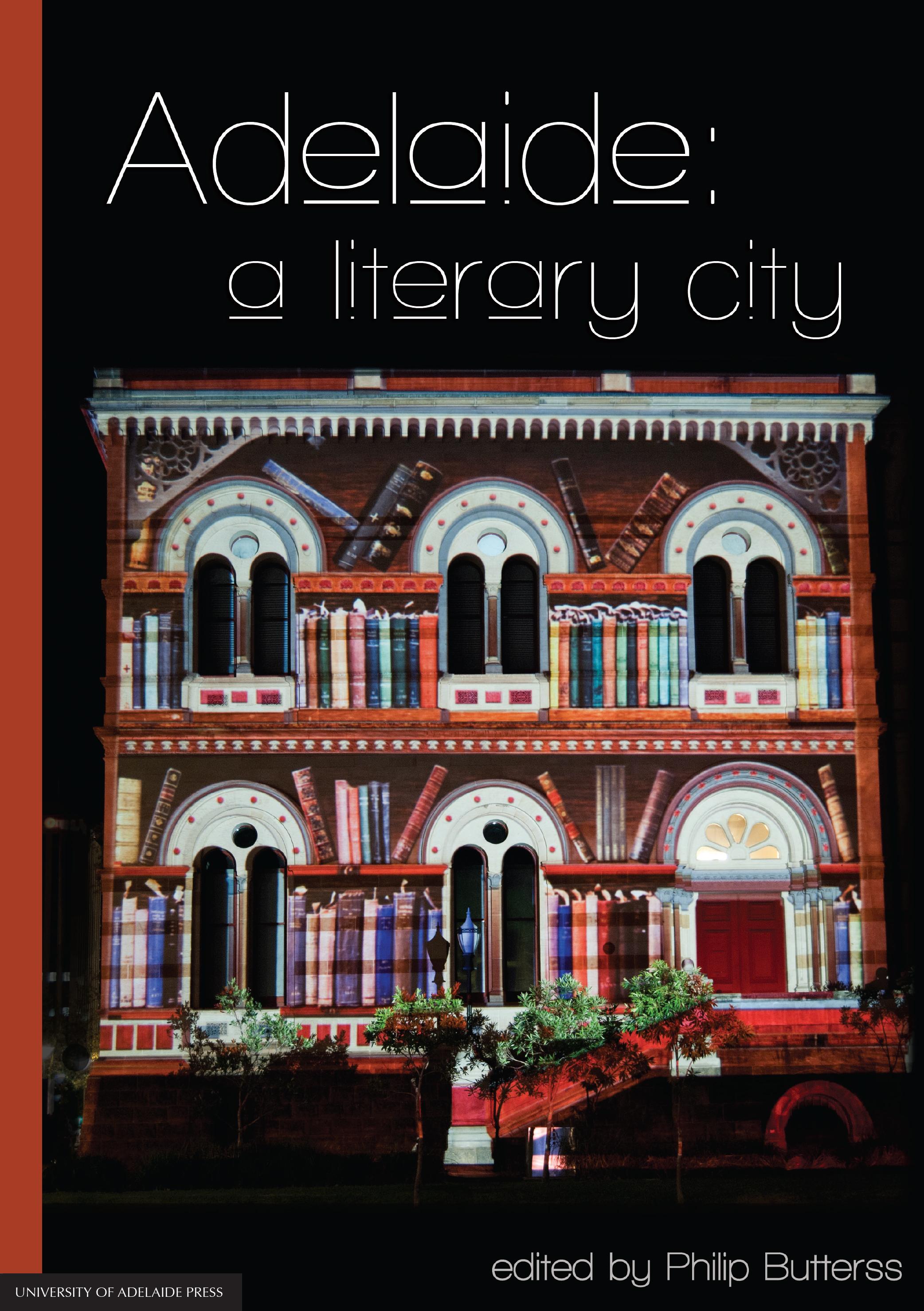Adelaide

a literary city
edited by Philip Butterss
FREE | 2013 | Ebook (PDF) | 978-1-922064-64-6 | 280 pp
From the tentative beginnings of European settlement to today’s flourishing writing scene, Adelaide has always been a literary city. Novelists, poets and playwrights have lived here; readers have pored over books, sharing them and discussing them; literary celebrities have visited and sometimes stayed; writers have encouraged each other and fought with each other.
Adelaide is literary, too, in the sense of having been written about—sometimes with love, sometimes with scorn. Literature has been important not only to the city’s cultural life but to its identity, to the way it has been seen and, most importantly, to the way it has seen itself. Adelaide: a literary city broadens and deepens our understanding of Adelaide as a city of creativity and culture.
Contributors include Philip Butterss, Kerryn Goldsworthy, Anne Black, Graham Tulloch, Susan Sheridan, Jill Roe, Peter Kirkpatrick, Alison Broinowski, Betty Snowden, Nicholas Jose, Jill Jones and Gillian Dooley.
Adelaide: a literary city also includes the full text of Geoffrey Dutton’s major poem, New York Nowhere: Meditations and Celebrations, Neurology Ward, The New York Hospital.
Reviews
'Adelaide notched up a number of firsts in the 20th century: the SA Writers’ Centre was the first such centre in the country; Friendly Street Poets was Australia’s first public reading community; Adelaide Writers’ Week was the first literary festival, and Adelaide University was the first Australian university to establish a chair in creative writing. But while research has been conducted on specific aspects of Adelaide’s literary history, Butterss says there is still an enormous amount of work to be done to give a more comprehensive picture.'
Suzie Keen, IN DAILY, 30 April 2014
'Adelaide: A Literary City provides a valuable overview of Adelaide’s literary history that is at once both remote and all too present—the struggles to establish a sense of place and a literary community, the attempts to subvert what was understood as the conservative provincialism of the establishment and the difficulties of grappling with a city that has always been narrated as a utopian ideal even within the confines of sometimes difficult economic and something realities.'
Jodie George, JASAL: Journal of the Association for the Study of Australian Literature, Vol 14, No 5 (2014)
